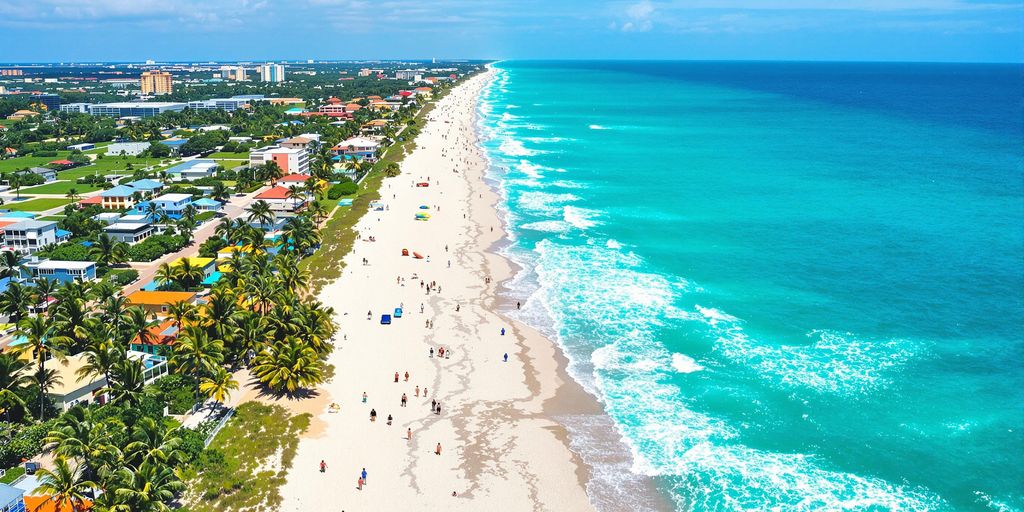Florida’s rental market is experiencing significant fluctuations driven by seasonal demand, impacting both renters and property owners. From the influx of "snowbirds" in winter to the summer slowdown, rental prices can vary dramatically across the state, with popular tourist destinations and college towns exhibiting unique rental cycles.
Understanding Florida’s Seasonal Rental Dynamics
Florida’s rental market is known for its volatility, with prices shifting considerably based on the time of year. This seasonality is largely influenced by "snowbirds" – individuals escaping colder climates – who flock to the state during the winter months, significantly increasing demand for both short-term vacation rentals and longer-term leases.
- Winter Peak: From November through April, rental prices, especially in desirable beachside locations like Miami, Naples, Sarasota, and Fort Lauderdale, can surge by 20-50% compared to off-peak periods. Properties near beaches or golf courses often see the most substantial price increases.
- Summer Slowdown: Conversely, summer (June to November) is typically the off-season. High heat, humidity, and the looming hurricane season deter many tourists, leading to decreased demand. Landlords often lower prices and offer incentives like free rent or reduced security deposits to attract renters during this period.
- Transitional Seasons: Spring (April-May) and Fall (September-October) act as shoulder months. Rental prices begin to adjust as snowbirds depart and new demand emerges from students and families. Fall sees prices gradually increasing in anticipation of the winter rush.
Impact on Short-Term Rentals and College Towns
Short-term rentals, such as vacation homes and Airbnb properties, experience the most pronounced seasonal price swings. Tourist hubs like Orlando, Miami Beach, and Key West can see prices double or even triple during peak travel times, including holidays and spring break. For example, a Miami Beach condo might rent for $5,000 during peak season compared to $2,500 in the summer.
College towns have their own distinct rental patterns. Rent prices typically peak in late summer (July-August) as students return for the fall semester. Demand may dip slightly during winter breaks but picks up again in late January. Summer can see a temporary reduction in demand as students leave for internships or head home.
Strategies for Renters and Landlords
Knowledge of these seasonal trends can be highly beneficial for both renters and property owners.
- For Renters: Timing is crucial. Long-term renters can often secure better deals during the summer months when demand is lower. For short-term stays, booking in advance, especially for peak winter season, is advisable to avoid inflated prices. Considering less popular areas can also lead to cost savings.
- For Landlords: Adjusting rental prices strategically can maximize revenue. Raising prices during the high-demand winter months and offering concessions during the slower summer period can help maintain profitability and occupancy rates.
Understanding these cyclical shifts in Florida’s rental market empowers renters to find optimal deals and enables property owners to capitalize on seasonal demand effectively.
Sources
- How Seasonal Demand Affects Rent Prices in Florida, Sarasota Magazine.
- How Seasonal Demand Affects Florida Rent Prices, | Florida Realtors.


